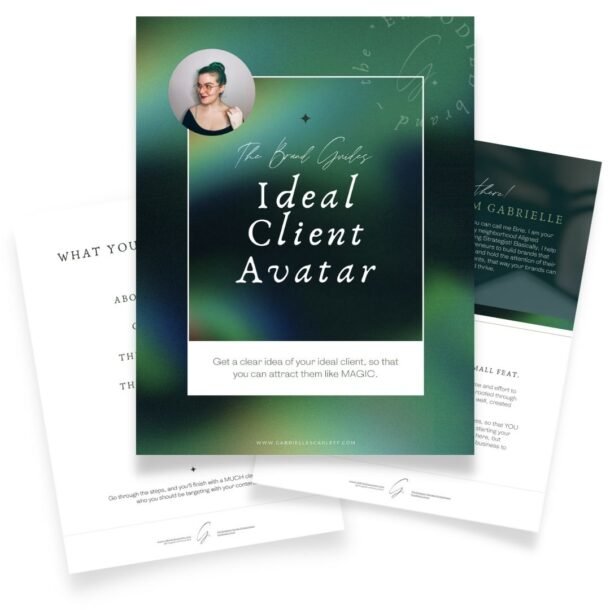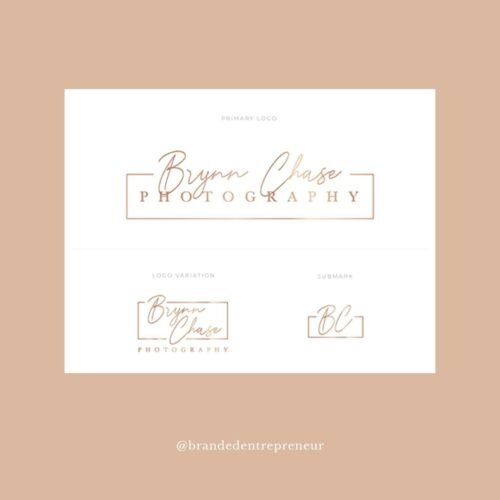
Blog post title writing…
Okay so you’ve created blogging topics, you’ve worked out your schedule… and if you’re following the process I recommend, then you also have a post that you’re ready to give a title to! Like I talk about here, it’s a lot easier to add a title to a post that you’ve already written, than it is to write a post from a title that you brainstormed.
So – you have your content. It’s time to summarize it in a kitschy little sentence, and uhhh. I won’t pretend that’s easy. Blog post title writing can be elusive, and frustrating – and even more-so because you feel like it should be straightforward. Most of the time, I see people getting caught up in the simple fact that they aren’t blogging experts, and therefore feel like they don’t know where to start. They think they’re going to do their content a disservice by naming it in a way that people won’t find it, and won’t read it.
So first thing’s first: it’s not that serious. Like we talked about when we discussed feeling confident in your writing, half of what’s stopping you, might be rules you made up in your head.
So, we’re going to get some concrete guidelines drawn up, that will help you feel confident writing blog post titles!
What to keep in mind
There are a few things to keep in mind when titling:
- Keywords keywords keywords
- The needs of your audience
- Common searches in your niche
- Regionalities
- Previous content on your blog
- The actual content of your post
Again, not an exhaustive list, but these are the things I think about most frequently when adding titles to my posts.
Write Keywords into your Blog Title
So – first, we want to think about keywords.
Now, really, when I say keyword, I mean keyphrase. A keyword for your blog is rarely going to be a single word, it’s a lot more effective if it’s a long tail keyphrase, which is made up of a few more specific words that relate to your content, and are included in it. There are a few reasons for this. First, you want to have different keyphrases for EVERY PAGE ON YOUR WEBSITE, which means that repeating keyphrases is a no-no. So… if you’re writing about “wedding photography” and… your keywords are all “wedding photography”… you’re going to be competing with yourself to rank on Google searches. And we don’t want that.
Instead what we want to do, is create an authoritative hierarchy for your posts. You might be like “woah what the hell is that” – don’t freak out, we’ll get in depth about it in one of the more advanced posts that’s coming soon.
What’s important to know right this second though, is that you can use your blog to funnel authority to your primary web pages, by creating keyphrases that relate to the keyphrase for the page that you want to get the highest ranking, and then linking within your post to the page that you’ve identified as cornerstone content.
What does this mean, practically speaking?
So if you’re creating a post about wedding photography, that you want to help you rank for wedding photography… it would be more effective to list the page with your wedding photography portfolio as cornerstone content, list “wedding photography” as the keyphrase on THAT page, link to it within the blog post you’re creating, and give the post itself a keyword that is related, but not the same. For example, “Beach Wedding Photography” or “Elopement Wedding Photography” or “Candid Style Wedding Photography.” You get the idea, right?
What does this mean for your title? Well, in short, frame a title that INCLUDES that keyphrase – ideally, at the beginning of the title.
Focus on your Audience
You’ve likely already thought about your clients’ needs if you’re writing blog content, but it’s important to consider it when you’re titling your posts too. What do THEY want to read? What do THEY want? Your posts are about them, which means your blog post title writing process needs to include them. So write a title that THEY would click on. (If you’re unclear on who your ideal client is, check out my Ideal Client Worksheet – it’s free, and will help you clarify who you should be targeting!)
When you’re considering keywords to use, you’re likely going to have to look at searches in your niche. Because ranking is great, but if you’re not ranking for things that are actually searched in your niche, then you’re posting to an empty room. You, on a stage, no audience. We don’t want that. So look into what searches happen for your niche – you can do this with a variety of tools, but I love this one directly from Google, which allows you to select your region as well, which is brilliant for keyword research for local businesses who need local clients.
Avoid Repetition like the Plague
You don’t want to duplicate a title you’ve already written about. It’s not the end of the world to have mildly repetitive content, but adding a title twice is just going to confuse… everyone. Including you. So, make sure you’re not titling your content with the same thing you’ve already used for another post. This might seem silly to list here, but you might be surprised how easy it is to do in certain industries! Especially local service industries, where you’re posting about sessions with local clients, or projects.
How your Content & Format should Contribute to your Blog Post Title
Finally, think about the content of your post. Obviously you will have done this when you considered your keyphrase to include – but… there’s more than that. Your keyphrase isn’t going to be “5 things that….” if your post is a list, right? It’s going to be related to the actual recommendations on the list. But, the format of the post? It’s a list. So “5 Elements to an Effective Blog Title” might be a great post title for a post with the keyword “Effective Blog Title” that’s in the format of a list. Make sense?
Once you’ve worked out all of those things for your content… you’ll likely naturally arrive at a title.
You want it to catch the eye of your audience, relate to your content, and include the keyphrase for your post. And then… you’re good to go!













0 Comments